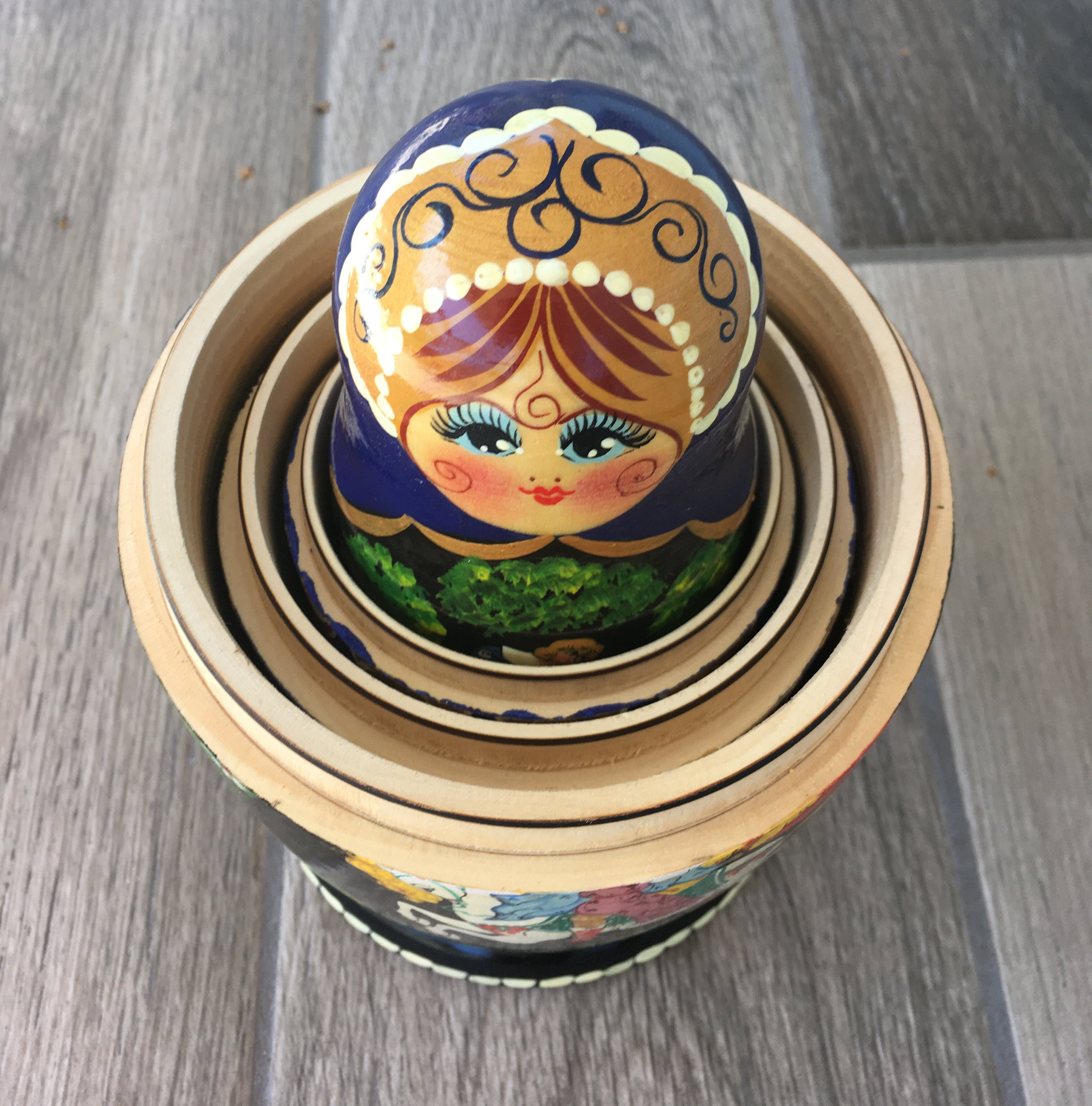


 MLA (short for the Modern Language Association) is the default formatting style for referencing at our school.
MLA (short for the Modern Language Association) is the default formatting style for referencing at our school.
MLA requires in-text citations, NOT footnotes. (Note that footnotes may be used in MLA if you are providing extra or explanatory information, not citations.)
For more information about MLA, visit their website.

What has changed since MLA 8th edition?

The 8th edition of the MLA Handbook substantially changed how citations are formed.
All citations now follow one basic "core element" standard. MLA9 has continued in that tradition with additional examples and explanations.

There are a number of university libguides with excellent resources on citation. Try one of these:
Access Date: The date you last looked at a source. Do not provide an access date for sources from library databases. Access dates should be added to the end of citations for online sources that lack a publication date, or if a publication has been removed or appears to have been altered.
Citation: The details about one source you are citing.
Citing: The process of acknowledging the sources of your information and ideas.
In-Text Citation: A brief note in your paper or essay at the point where you use information from a source to indicate where the information came from. An in-text citation should always match more detailed information that is available in the Works Cited List.
Paraphrasing: Taking information that you have read and putting it into your own words.
Plagiarism: Taking the ideas or words of another person and using them as your own.
Quoting: Copying words of text originally published elsewhere. Direct quotations generally appear in quotation marks and end with a citation.
Works Cited List: Contains details on ALL the sources cited in a text or essay, and supports your research and/or premise.
Below are some books in the library on referencing.